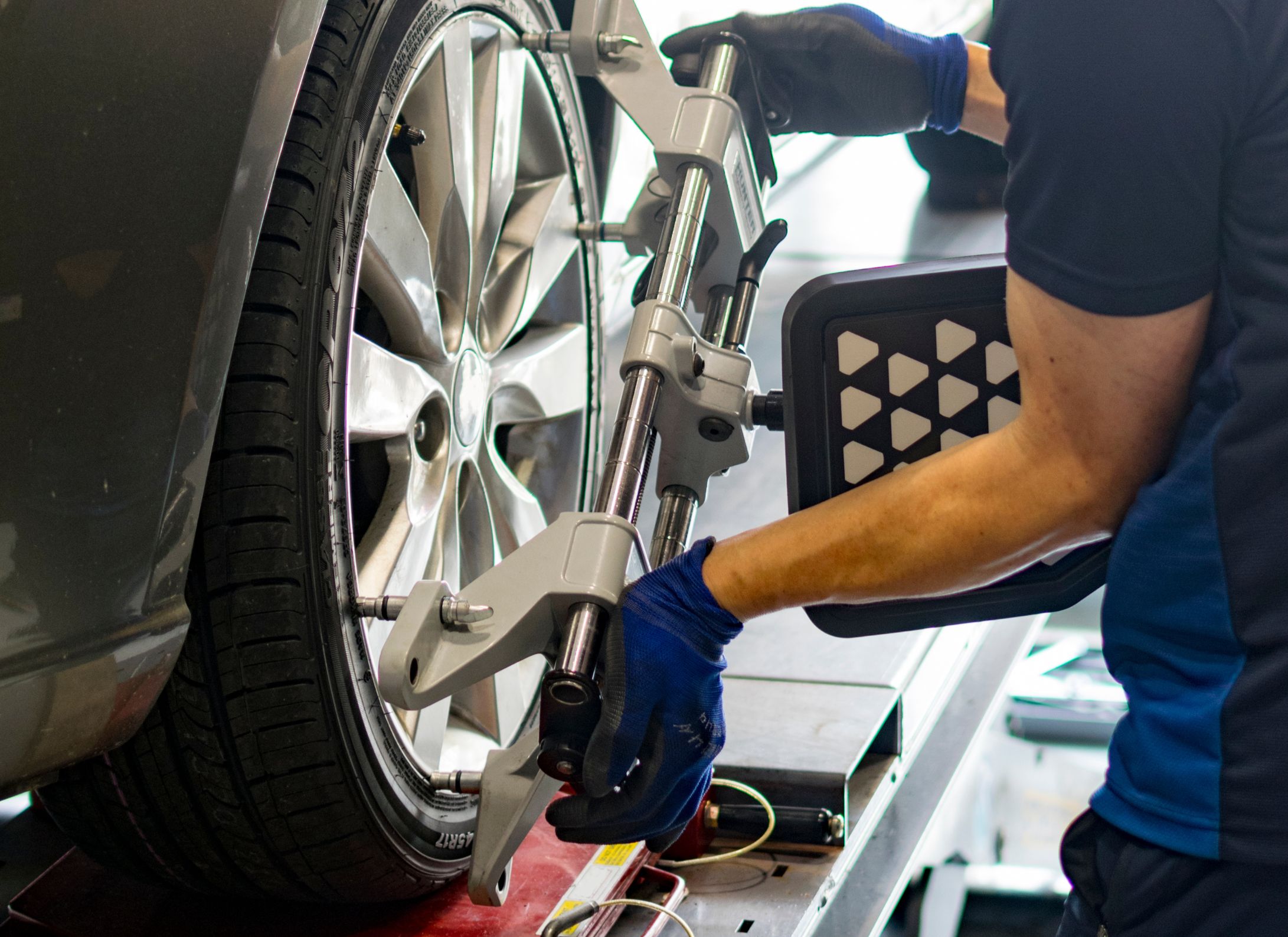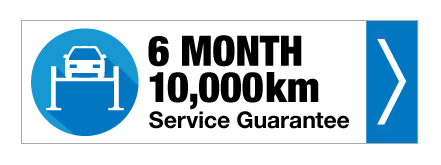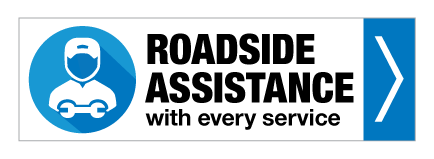Maintaining your vehicle’s health is essential for safe and efficient driving, and one often overlooked aspect is wheel alignment. Proper wheel alignment ensures that your vehicle drives straight and true, reduces tyre wear, and enhances overall vehicle performance. Regular wheel alignment is crucial. This blog will delve into the importance of wheel alignment, the signs of misalignment, and how to prevent uneven tyre wear.
What is Wheel Alignment?
Wheel alignment, also known as tracking, involves adjusting the angles of the wheels to the manufacturer’s specifications. This adjustment ensures that the wheels are perpendicular to the ground and parallel to each other. The main angles adjusted during wheel alignment are camber, toe, and caster.
Camber refers to the inward or outward tilt of the tyre when viewed from the front of the vehicle. Incorrect camber can lead to uneven tyre wear on one side of the tyre.
Toe describes the direction the tyres point relative to the vehicle’s centerline. Misaligned toe can cause tyres to wear out quickly and unevenly.
Caster affects the steering and stability of the vehicle. While it does not directly impact tyre wear, incorrect caster can cause handling issues.
Signs of Misalignment
Detecting misalignment early can save you from costly repairs and ensure your safety on the road. Here are common signs that your vehicle may need a wheel alignment:
Uneven Tyre Wear: If you notice that the tread on your tyres is wearing unevenly, it could be a sign of misalignment. Tyres should wear evenly across the tread.
Vehicle Pulling to One Side: If your car drifts to the left or right when driving on a straight, flat road, it indicates alignment issues.
Steering Wheel Off-Center: An off-center steering wheel when driving straight is a clear sign that your wheels are not aligned properly.
Vibrations in the Steering Wheel: Misaligned wheels can cause vibrations, especially at higher speeds.
Causes of Misalignment
Several factors can cause your wheels to become misaligned. Understanding these causes can help you take preventive measures:
Potholes and Road Hazards: Hitting a pothole, curb, or other road hazards can knock your wheels out of alignment.
Accidents: Even minor accidents can affect the alignment of your wheels.
Worn Suspension Components: Over time, components of your vehicle’s suspension system can wear out, leading to misalignment.
Normal Wear and Tear: Everyday driving, especially on rough roads, can gradually cause wheels to become misaligned.
Preventing Uneven Tyre Wear
Regular maintenance and being proactive about alignment issues can prevent uneven tyre wear and extend the life of your tyres. Here are some tips to help you maintain proper wheel alignment:
Regular Alignment Checks: It’s recommended to have your wheel alignment checked every 10,000 km or at least once a year. If you frequently drive on rough roads, consider more frequent checks.
Avoid Potholes and Road Hazards: While it’s not always possible to avoid road hazards, being cautious and driving carefully can minimise the risk of misalignment.
Maintain Proper Tyre Pressure: Keeping your tyres inflated to the manufacturer’s recommended pressure ensures even wear and optimal performance.
Routine Vehicle Maintenance: Regularly check and replace worn suspension components and ensure your vehicle’s overall health.
Conclusion
Maintaining proper wheel alignment is vital. Regular alignment checks, careful driving, and routine maintenance can prevent uneven tyre wear and keep your vehicle running smoothly. By understanding the ins and outs of wheel alignment, you can ensure a safer and more enjoyable driving experience.
Remember, a well-aligned vehicle not only saves you money on tyres but also provides a safer ride for you and your passengers. Stay proactive and keep your wheels aligned!



